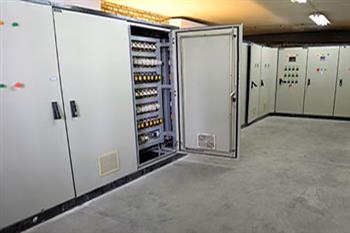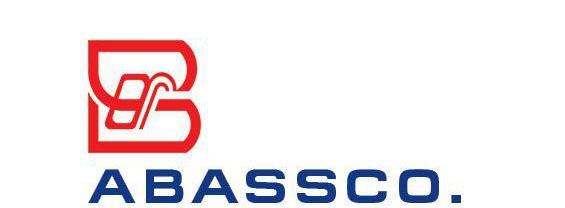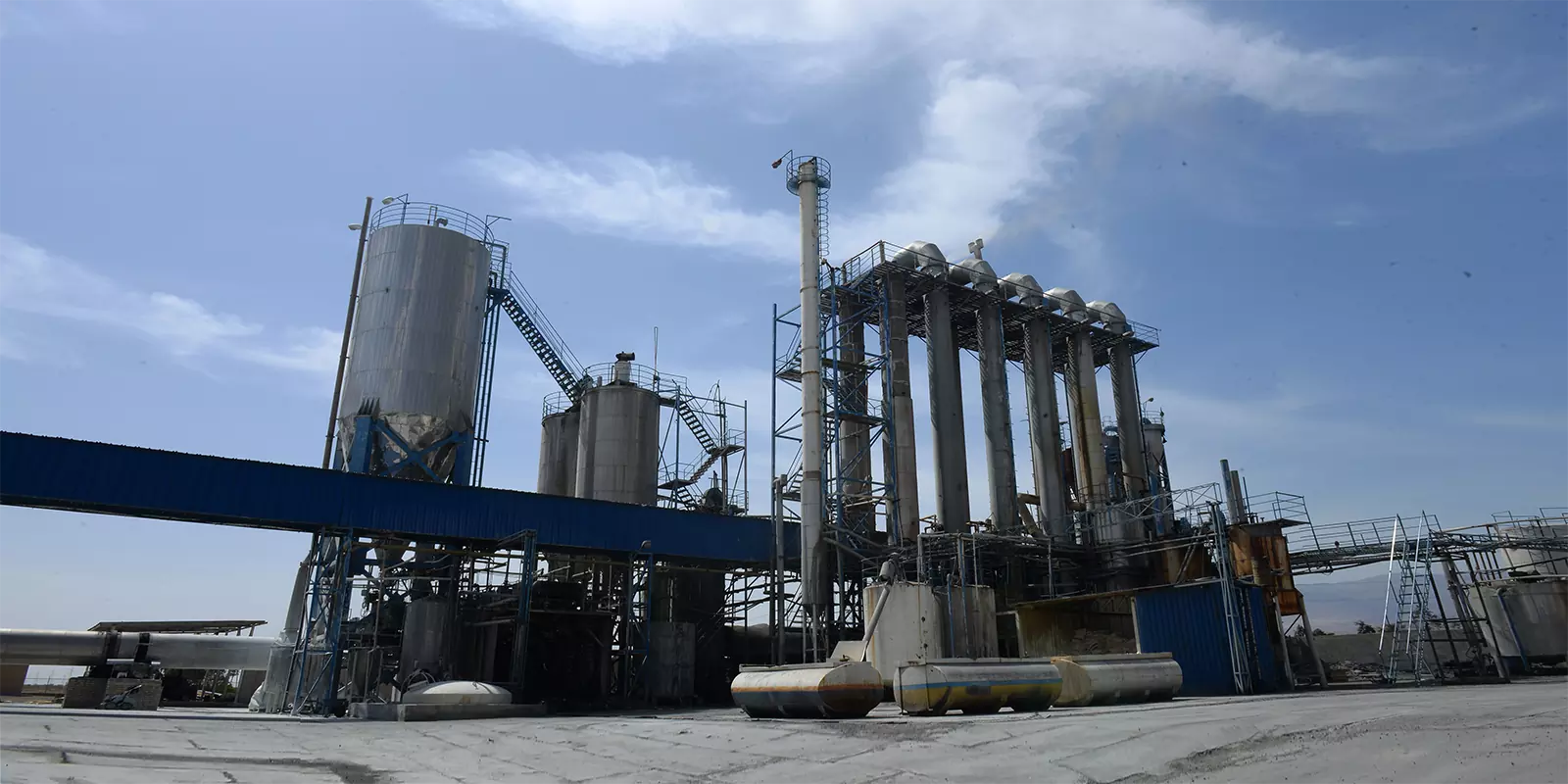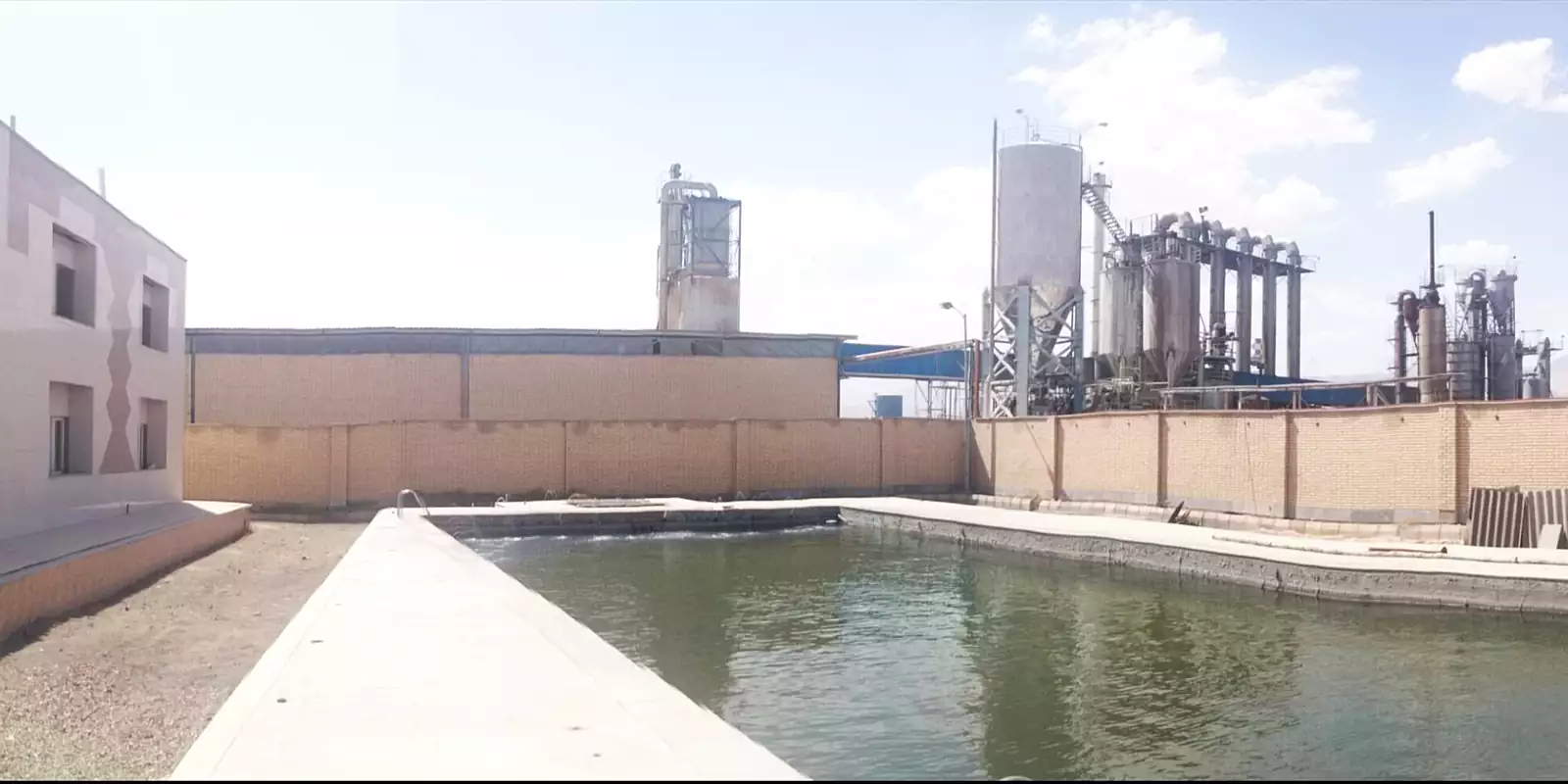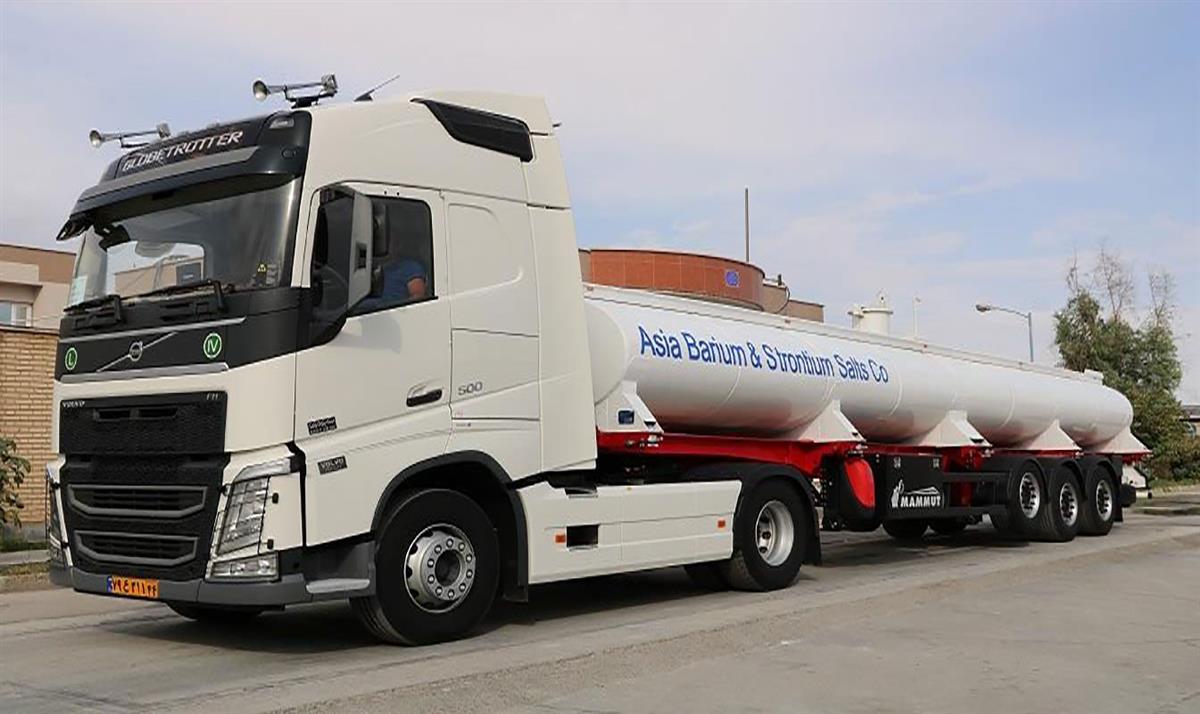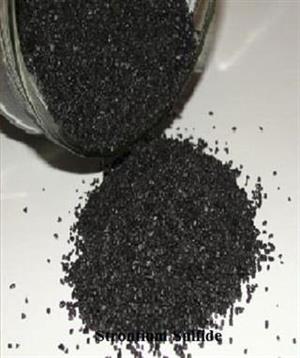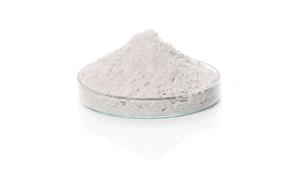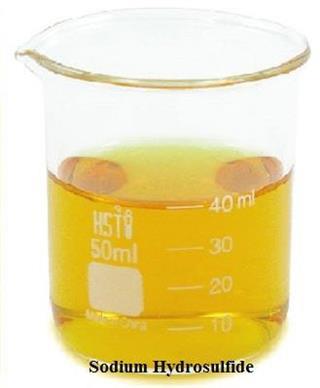About ABASSCO. Group
ABASSCO. The group is the only producer of strontium and barium compounds in the Middle East. In 1989, the first unit with a capacity of 6 thousand million tons was used at the national level. Over the years, the group has successfully built a second unit with a capacity of 30 thousand tons with national design and full automation capabilities. In this regard, the group exports more than 90% of its production to the world's largest companies from Northern Europe (Germany) to the Far East (Japan). The group is ready to meet the needs of customers in every grade of chemical and physical aspects with high quality and standards.
Our vision is based on:
- Committed employees and national knowledge
- Responsible purchasing
- Qualified production based on mechanized structure and full automation
- Providing 100% competitiveness
- Combining organized operations and continuous improvement
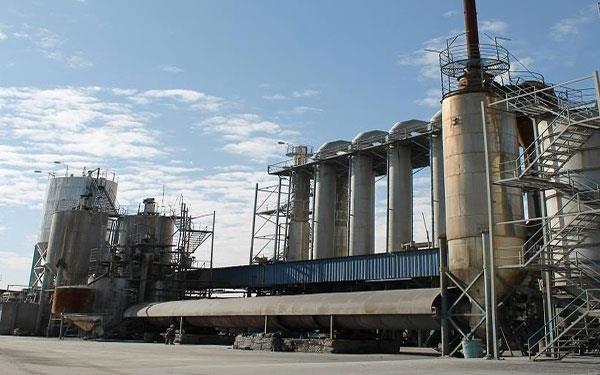
AbassCo Group Production Process
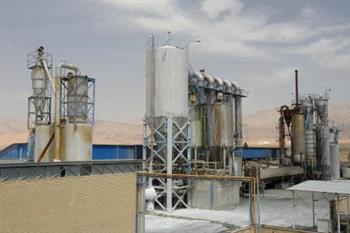
Factory
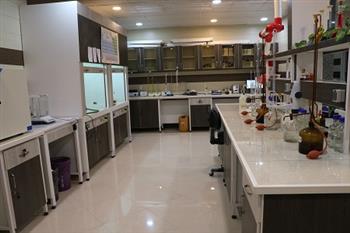
Laboratory

Loading

Loading2

Mine
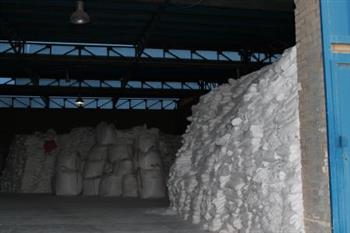
Warehouse

Factory 2
